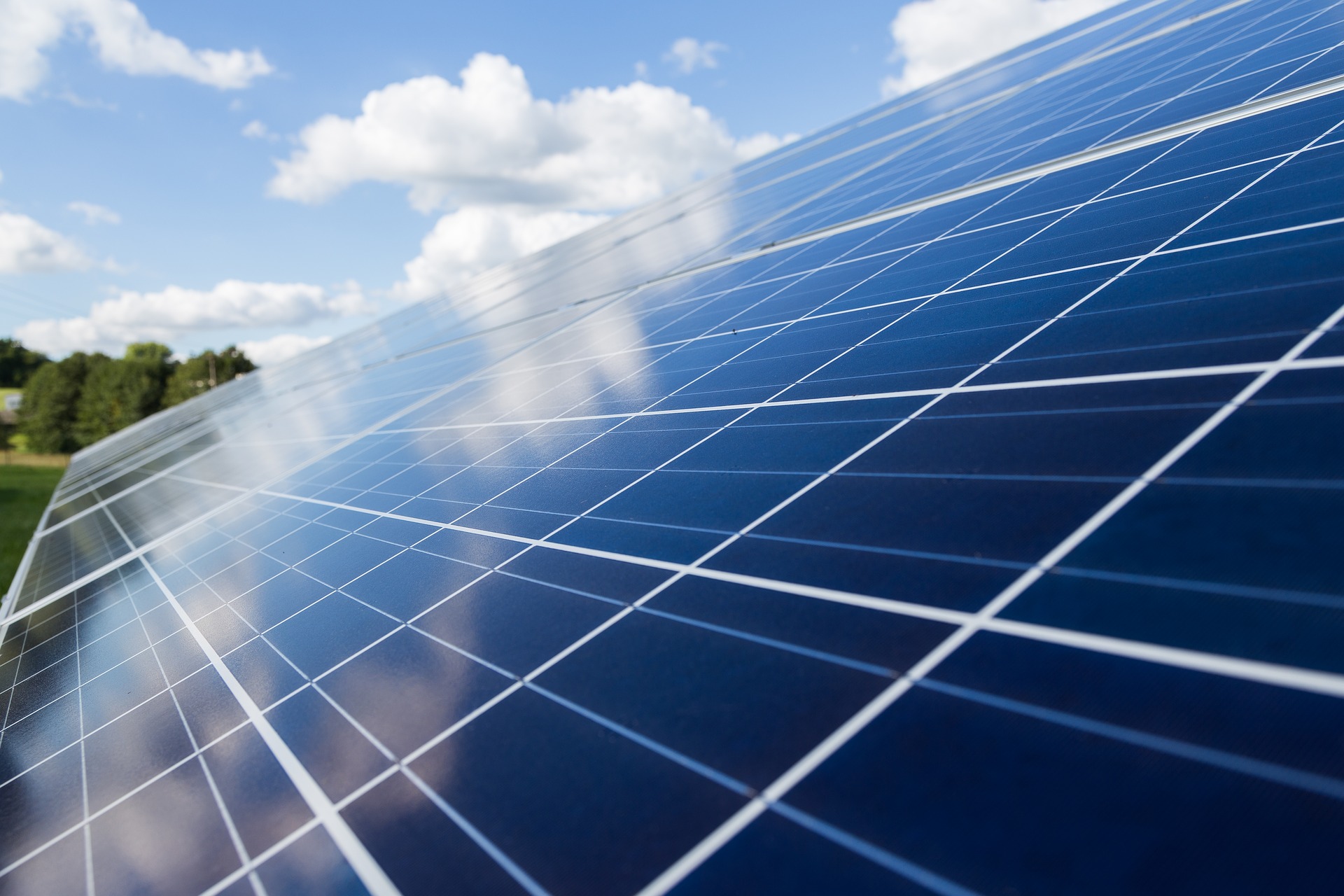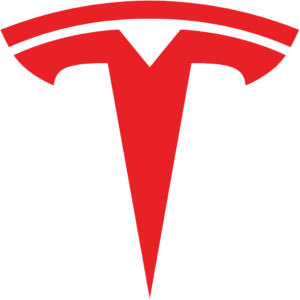Since the dawn of the nuclear age some eight decades ago, scientists have been chasing the dream of a fusion reactor – – a nuclear reactor that once started creates its own fuel and thus theoretically can generate power forever and for “free”. Cynics point out that every decade since the 1950’s fusion reactors have been a decade away – “just around the corner”! The US government alone has poured some $30 Billion into fusion reactor research. Many other countries have paid more billions of dollars in this quest. Yet, we continue to remain “just a decade away” from this elusive goal.
What people tend to forget in this fanfare of fusion reactor passion and press releases is that we already have a fusion reactor – our SUN! It costs nothing. It comes with our planet, so to speak.
The way we capitalize on this solar freebie is to use solar energy collectors in the form of solar panels either on rooftops or solar farms (land-based installations) and more recently solar glass roofing shingles to capture our sun’s energy and inexpensively convert it to electrical power.
In the early 1950s when fusion reactor research started, it was extraordinarily expensive, if not impossible to convert sunlight into electricity on a commercial scale. Thus, it was logical to think fusion reactors were a necessary and optimal solution to our energy needs. Today, however, technological progress on a number of fronts has upended that notion.
The cost of commercially available solar panels has decreased from roughly $100/Watt in 1970 to $0.30/Watt in 2018 as their efficiency has risen from around 5 % in 1976 to about 22 % today. We have reached the point where electricity contracts are being written today for commercial solar-generated electricity at some 3 to 5 cents per kilowatt hour – – less than one-half what the typical utility company charges its residential customers during non-peak hours, and below the cost of just the coal that fuels a coal-fired powerplant. These costs will continue to decrease. We are not far away from electrical power being abundant and essentially free – without man-made multi-billion dollar fusion reactors.
Why do we need fusion reactors — if they ever arrive – whose costs will be extravagant, far more than the $8 to $10 Billion each we have recently paid for nuclear fission powerplants? We can easily bypass nuclear fission and fusion powerplants by capturing solar energy that shines on residential and commercial rooftops across our country and in almost every other country in the world. The fusion reactor is a bus that we no longer need to catch! As our progress toward ever cheaper and more efficient solar power inexorably continues, imagine where we’d be today if the $30 Billion (and counting!) the US government has pissed away on fusion reactors had instead been poured into solar energy research and adoption incentives throughout the US and similarly around the globe.
The May 2020 issue of WIRED magazine has yet another fusion hype article “A Star Is Born” subtitled “Fusion Energy Gets Ready to Shine”. It describes a $23.7 billion 35-nation effort to build the International Thermonuclear Experimental Reactor (ITER) in France, the latest hope for fusion reactors. After such rosy headlines, the article goes on to state: “…[the machine] is set to be flipped on in 2025”, and further on: “There is no guarantee ITER will achieve fusion by 2035, as scheduled [both italics mine].”
Note that this is an experimental effort. Even if it is eventually successful, it will take a decade or more to commercialize such a power station. In a final bit of hyperbole, a Professor of nuclear engineering at UC Berkeley says: “[…..it’s the] only viable hope we have to secure the energy we’ll need over the next millennia…..” The solar power movement is delivering big results now and sure could have used that $23.7 billion to incentivize solar power adoption and energy storage around the world.
Our sun provides orders of magnitude more energy than is required to power every power consuming device on this planet – now and forever. All we have to do is capture and distribute it. We know how to do that. We are doing that. We just need to think bigger and go faster. Moreover, our Sun will “live” and continue to function without maintenance or interruption for several billion more years.
Featured image via Pixabay.




